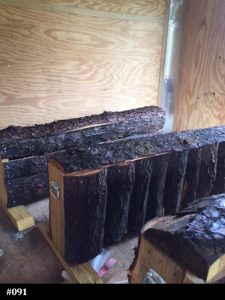 When it comes to designing your showjumping courses, it is important to strike a good balance between challenge and visual appeal. Exhibitions and competitions are just as much entertaining affairs as they are tests of skill, so it pays to have an eye for detail. In this post, we will talk about some of the different types of horse show jumps that you can incorporate into your courses.
When it comes to designing your showjumping courses, it is important to strike a good balance between challenge and visual appeal. Exhibitions and competitions are just as much entertaining affairs as they are tests of skill, so it pays to have an eye for detail. In this post, we will talk about some of the different types of horse show jumps that you can incorporate into your courses.
The first and most basic type of horse jump is the vertical. It comprises two poles that are placed one directly above the other. The vertical is a great addition to practice and beginner-level courses.
Scaling the difficulty is the oxer. This is a pair of verticals that are placed near each other. Another name for the oxer is a spread. This type of obstacle is meant to test a horse and rider’s ability to make longer jumps. There is also the Swedish oxer, which situates two sets of poles which slant in opposite directions. The poles form an X-shape. Swedish oxers add variance and challenge to a course.
The X-shape in a Swedish oxer is also used to train horses that are new to showjumping. Also known as a cross rail, this setup places the pole nearest to the ground. It is mostly used for training and is rarely seen in competitions.
There are more types of horse show jumps than those described here. When designing your course, be sure to team up with an experienced manufacturer. If they offer customization services, you will have the ability to craft courses that will leave an impression on riders and attendees alike.

